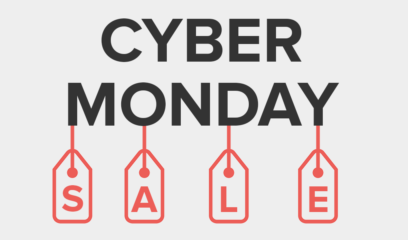Journey maps help you take a more holistic view of what your customers experience as they do business with your organization. But just how holistic is that view, anyway? I recently got the following questions from a client, I’ll call him Joe, who was concerned that his company’s journey mapping efforts might still be too siloed for effective decision making and prioritization of customer experience improvement initiatives.
Joe: Is it dangerous to fix one journey at a time?
Kerry: This comes down to risk assessment. I’d argue that it’s actually more risky have a complete view of ALL customer journeys before you start making improvements. It would simply cost too much and take too long to map every single customer journey, and you’d make no progress in the meantime. I believe it’s less risky for your business to make improvements based on your current knowledge of one important journey than to do nothing at all.
Joe: If we fix something in one journey will we break it someplace else?
Kerry: I’m guessing that this is what you meant by “dangerous” in the question above. It certainly makes sense to sanity check your improvement projects against other parts of the CX. You could do this by creating hypothesis journey maps with your internal team. (Journey maps are considered “hypothesis” maps when they haven’t yet been validated by customer research.) Or, if there’s a specific touchpoint you’re particularly worried about disrupting, it might be worth doing some ad-hoc research to better understand that part of the experience before you move forward. But as I said above, you can’t have a full view into every customer journey (until, perhaps, some time in the future), so for now you’ve got to make decisions based on the journeys that you do know.
Joe: But aren’t we operating in a silo?
Kerry: So yes, you’re technically narrowing your decision making to once slice of the CX. But the nature of journeys is that they’re complete tasks from the customer perspective — and that’s a pretty broad swath of both customer activities and your internal departments.
At some point, you’re going to need to decide whether or not you need to understand a second or third journey to further advance your efforts. This could be because you’ve exhausted your list of improvement projects from the first journey—or because you find that there truly is too much intersection with other parts of the customer experience.
In short, you can definitely start making improvements after mapping just one customer journey.




